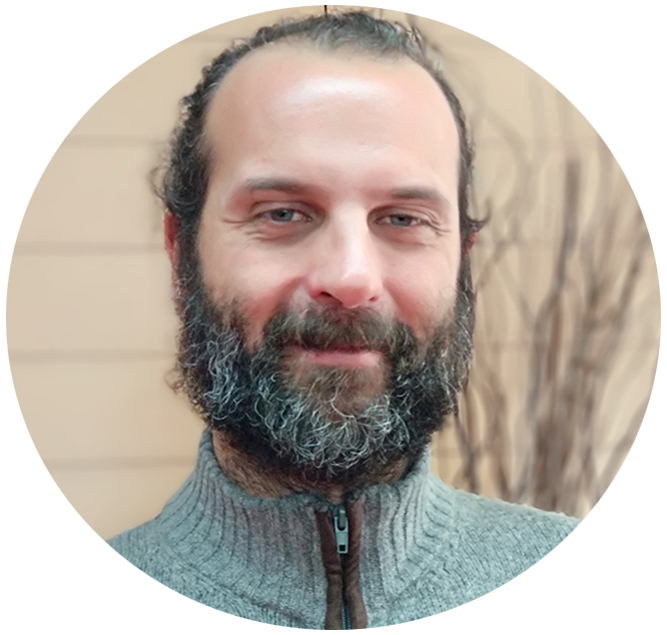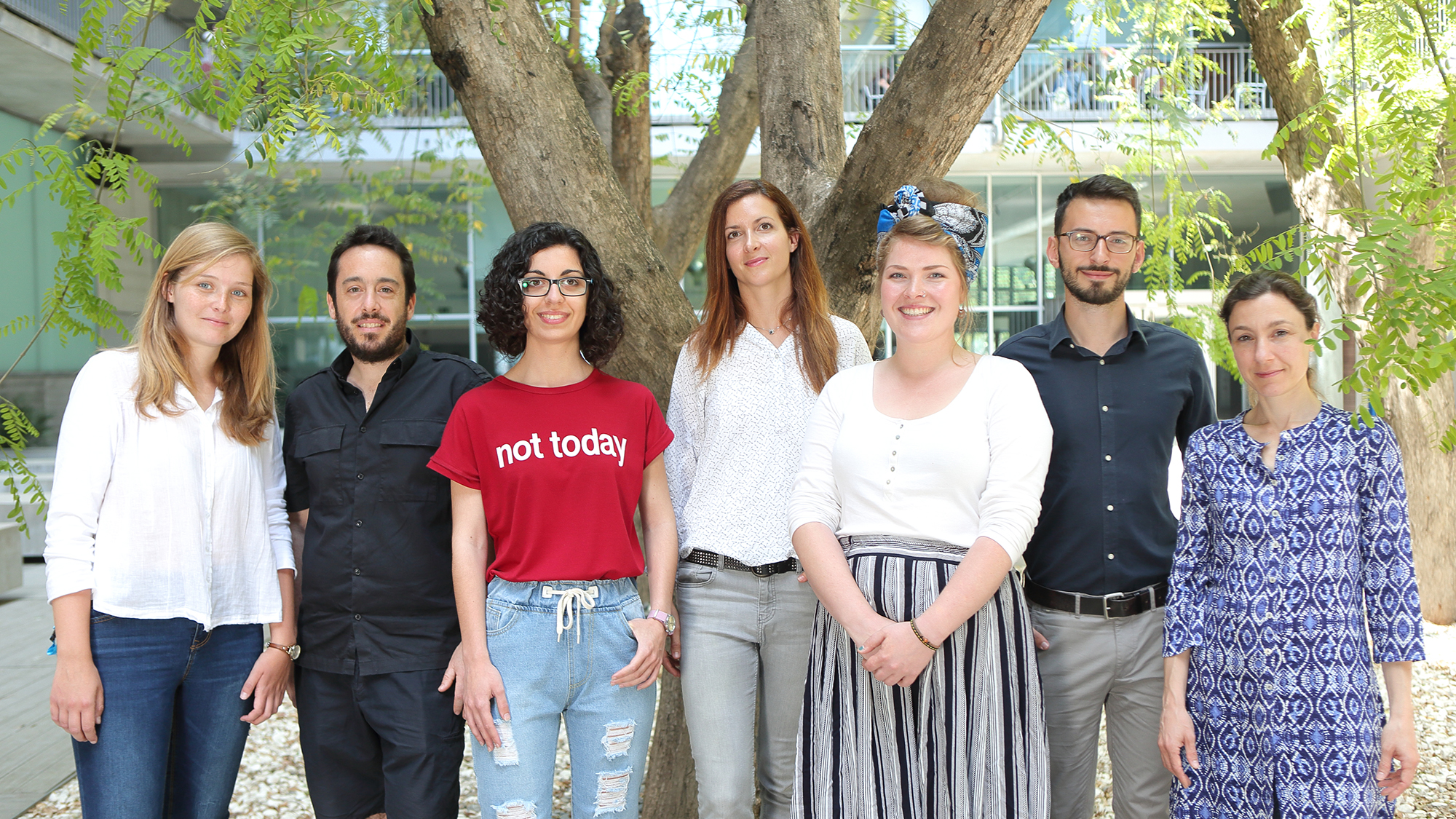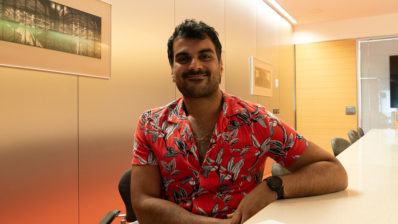Verena Ruprecht is a physicist who is very interested in living organisms. That is why she chose biophysics for her PhD studies in Austria. In her own words, “I had this passion for getting into microscopy, visualising things on the molecular level and imagining how all the complexity at this scale can build something as robust as a living system. Systems that respond to the environment, which can actively divide and propagate the information to the next generation.”
This fascination brought her to the PRBB in September 2016, where she set up the Cell and Tissue Dynamics Laboratory at the Centre for Genomic Regulation (CRG). It is a small group of five people —one postdoctoral researcher, two PhD students, one Master’s student and a technician— all biologists, but it will grow soon. Ruprecht is recruiting new people to build her own super-resolution microscope and the group will become more multidisciplinary.
“I had this passion (…) visualising things on the molecular level and imagining how all the complexity at this scale can build something as robust as a living system”
Verena Ruprecht
Zebrafish as a model of cellular dynamics
The ambition of Ruprecht’s lab is to combine physics and biology to study cell dynamics. They specifically focus on cell signalling and the cytoskeleton, like how cells can acquire migration capacity, but also how a single cell contributes to a multicellular organisation in a tissue, and its specific development.
To try to achieve this goal they use zebrafish, “a small fish where you can see how a single fertilised egg develops into a complete organism very rapidly. But there are still a lot of questions about how this really happens because it is an extremely complex process. It requires cells to rearrange in a coordinated way and actively migrate to distant positions in the organism. We try to understand how this is regulated, but not only using the classical genetic approach; we want to combine this with how the environment where the cells are embedded contributes to this dynamic behaviour; how the physical surroundings affect cell behaviour. In other words, we want to know how a specific cell in a certain position in the embryo, at a particular time, knows what it should be actively doing, how it can read the signals it receives from the environment. My group is working from a multidisciplinary perspective, using multiscale bioimaging tools, to address all these aspects”, explains the principal investigator.
“We want to know how a specific cell in a certain position in the embryo, at a particular time, knows what it should be actively doing”
Zebrafish can seem very distant from humans but, in fact, the opposite is true. This species is particularly appreciated for its genetic homology with humans (we share more than 80% of our genomes). “Many of the proteins we are studying, like actin, one of the major compounds of the cytoskeleton, which is highly relevant for guiding dynamic cellular behaviour, is strongly conserved from zebrafish to humans, so we can transfer many of our findings in zebrafish to other animals, even humans”, Ruprecht argues.
Working at the PRBB and future plans
“Science must be multidisciplinary and international, and the PRBB completely fulfils both requirements”, diagnoses a convinced Ruprecht. After finishing her postdoc in Austria she was looking for an institution open to combining disciplines, with people from different fields. “I had interviews at different places, but the PRBB atmosphere fascinated me: the people are open-minded, there is a really good energy, and the infrastructures are amazing. It was the perfect mix for me; I feel that here you can implement cutting-edge science and explore new directions, bridging disciplines like physics and biology. It’s exciting to be part of this research community”, Ruprecht exclaims.
“The PRBB atmosphere fascinated me: the people are open-minded, there is a really good energy, and the infrastructures are amazing”
The long-term goal of her lab is to understand dynamic single-cell behaviour in the context of tissues. “This is the way to fully understand multicellular organisms. Right now we are waiting for a grant for cancer research; this proves our interest in transferring our knowledge of zebrafish to human pathologies”, Ruprecht concludes.







